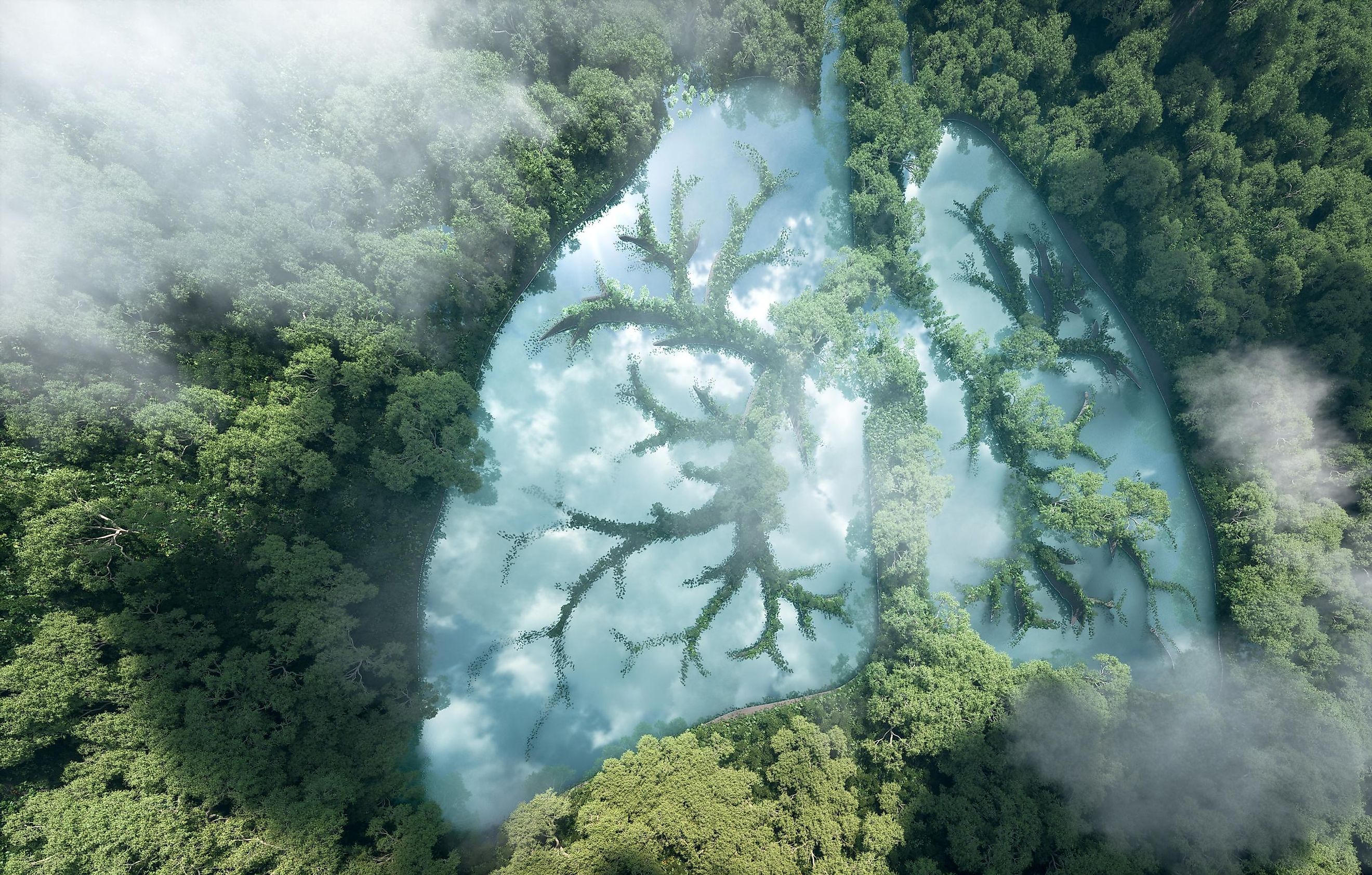
Where Are The World's Forests?
Forests are the world’s most critical ecosystems because they comprise numerous plant species and are inhabited by several animal species, including microorganisms. Of the global total land area, forest covers approximately 31%, about 4.06 billion hectares (40 million square kilometers). Europe, the second-smallest continent by area, has the largest forest cover, with about 1,015 million hectares. South America follows closely with about 842 million hectares of forest cover. Asia, the world’s largest continent, has the second-least forest area, at 593 hectares.

Five countries-Russia, Brazil, Canada, the US, and China- account for more than half of the world’s forest cover. However, in most of these countries, forests cover only a small percentage of their land areas because of their relatively large size. Suriname, Guyana, the Federated States of Micronesia, and Gabon have the highest proportion of forest cover, with at least 90% of their land areas covered by forest. Ten countries share more than two-thirds of the world’s total forest area. Below are the ten countries with the largest forest covers.
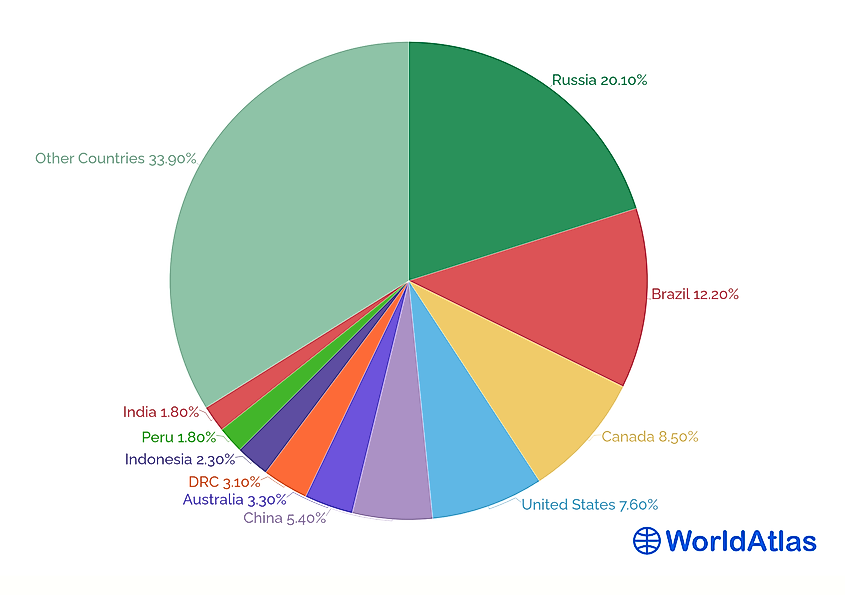
Contents:
- Russia
- Brazil
- Canada
- United States
- China
- Australia
- Democratic Republic of the Congo
- Indonesia
- Peru
- India
1. Russia - 815 million hectares
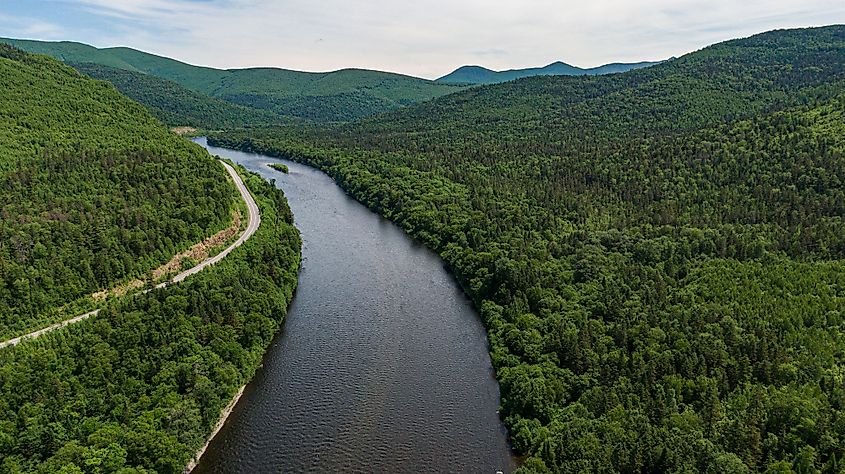
Russia, the world’s largest country, is by far the country with the most forest cover. At 815 million hectares, the country has more than one-fifth of the global forest area (20.1%), making it the world’s most forested country. Russia’s forest cover represents about 45% of its total land area and 5.5% of the global land area. Only Canada, the US, China, and Brazil have a larger total land area than Russia’s total forest area. It also accounts for about 81% of Europe’s total forest area and is the only reason why the continent, of the seven continents, has the largest forest area. Russia has four main forest types; recreational, reserve, field, and waterproof forests. Russian forestry industry contributes about $200 billion annually.
2. Brazil - 497 million hectares
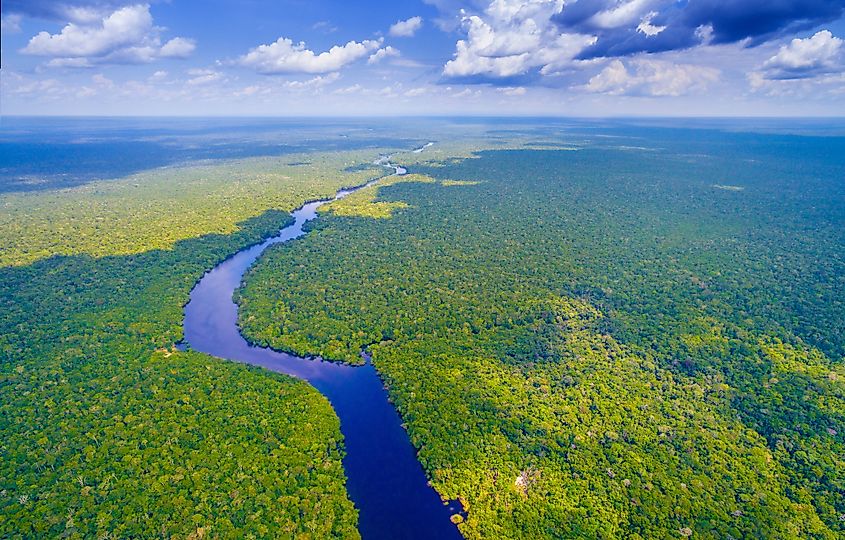
Brazil has about 12.2% of the world’s total forest area, approximately 497 million hectares. According to FAO, forests cover about 59% of the country’s total land area. Brazil’s forest area is about 1.5 times larger than India’s total land area. About 92% of Brazil’s forest is classified as primary, a carbon-dense, and diverse forest.
The country has 67 national forests (forest dominated by native species), including the Amazon Rainforest, the world’s largest forest. Up to 60% of the Amazon Rainforest (approximately 3.3 million square kilometers) lies within Brazil. However, Brazil’s forest area has been diminishing significantly due to the high deforestation rate. Its forest covers reduced from 5.2 million square kilometers in 2000 to 4.9 million square kilometers in 2016.
3. Canada - 347 million hectares
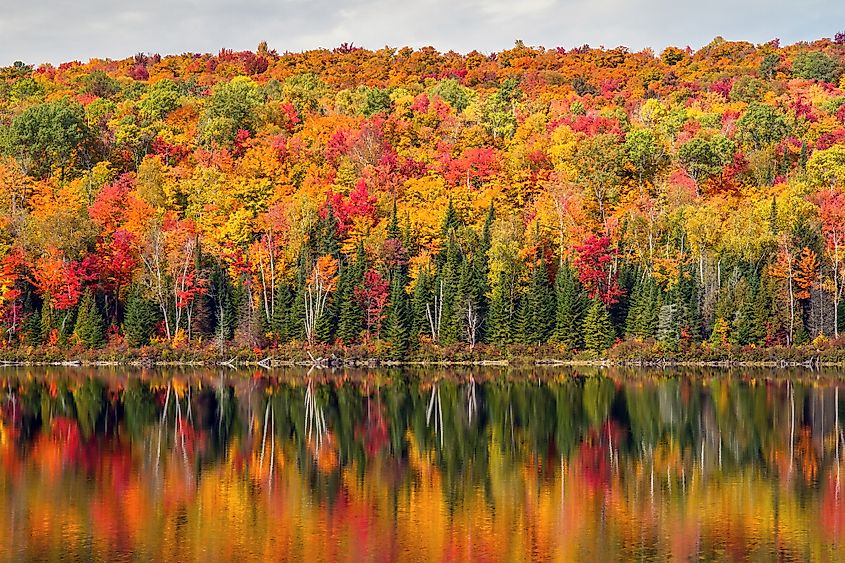
With about 347 million hectares, Canada accounts for about 8.5% of the world’s total forest cover. Although forests dominate most parts of the country, they cover only 38% of the country’s total land area. Canada’s forests are divided into eight regions, including Acadian, Boreal, Coast, Columbia, Deciduous, Montane, Subalpine, and Great Lakes-St. Lawrence Regions. Of total forest cover, 77% is boreal forest. However, temperate forests have the most wood volume, at 37%. Over 90% of the country’s forests are owned by the public (provincial and Crown land). The remaining forest area is either indigenous-owned or privately owned.
4. United States Of America - 310 million hectares
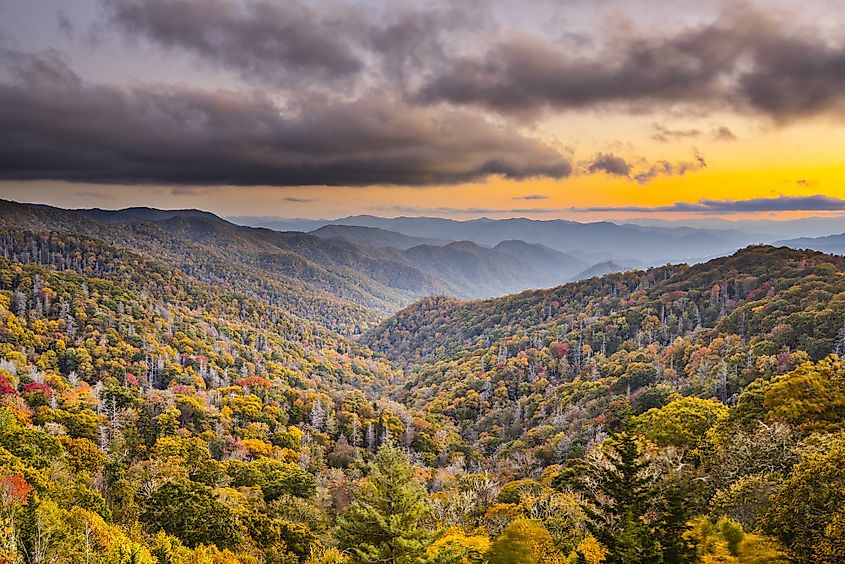
Before the European settlement, forests in the US covered over 400 hectares (4 million square kilometers). However, since the mid-17th century, the country has lost over 1.5 million square kilometers of forest, with most of the land turned into agricultural land. Today, just about 36% of the US is forest. The US forest land covers about 310 million ha (3.1 million square kilometers), about 7.6% of the global forest area, making it the world’s 4th most forested country. The eastern forests cover about 1.6 million square kilometers and are dominated by broadleaf forests, most of which (83%) are privately owned. The western forests cover 1.5 million square kilometers and are dominated by coniferous forests. Although Maine is the most forested state, Alaska hosts the country’s largest forest (Tongass National Forest at 6.8 million ha).
5. China - 220 million hectares
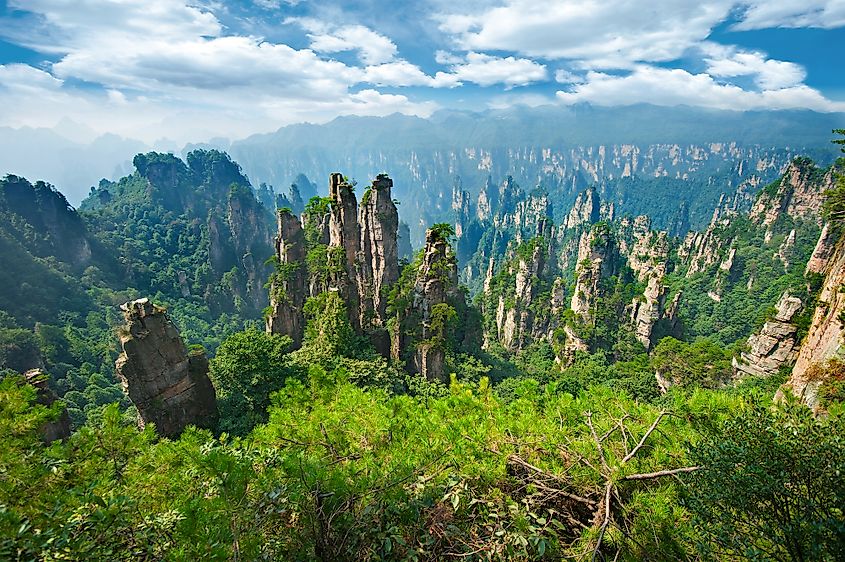
China is the most forested country located entirely in Asia, with about 220 million hectares (2.2 million square kilometers of forests), representing 5.4% of the world’s total forest area. Although most countries have been reducing their forest sizes through deforestation, China has been doing the reverse. The country has achieved one of the most extensive reforestations, with its forest cover reaching 22.2% of its vast territory in 2015, from 16.9% in 1990. China has set a target of achieving a forest cover of about one-third of its land area by 20150. However, the rapidly growing population remains the biggest challenge towards achieving this target. China’s forests host over 2,800 tree species and numerous animals, including threatened giant pandas.
6. Australia - 134 million hectares
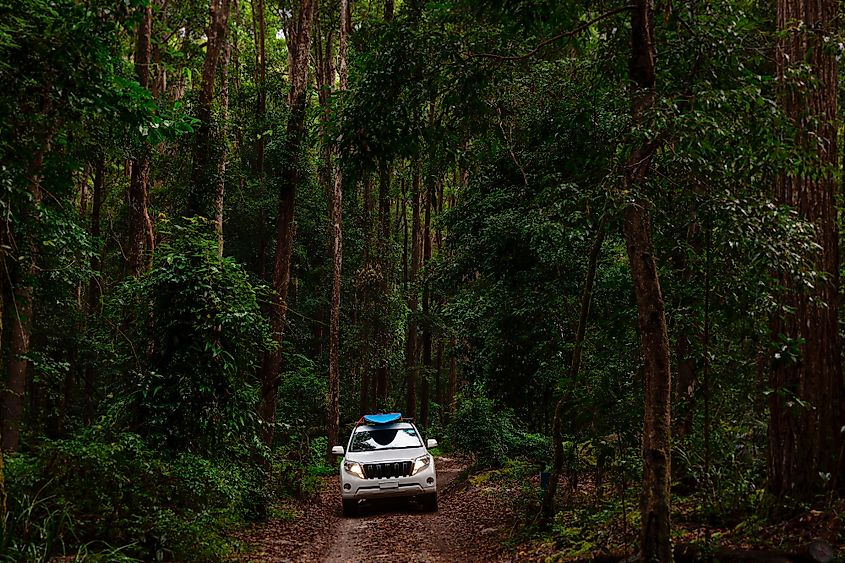
Although Australia is located on one of the most remote and driest continents, it has a significant forest area. The country has about 1.34 million square kilometers (134 million ha) of forest area, representing 3.3% of the total global forest area and 16% of its total land area, making it the 6th largest forested country. Australia’s forests are valued and recognized for hosting unique biodiversity, provision of timber, and cultural heritage. These forests extend from the tropical regions in the north to the temperate region in the southeast. With 510 square kilometers, Queensland has the largest forest cover, followed by New South Wales, with 227 square kilometers. The three types of forests in Australia are industrial plantations, native forests, and “others.” Native forests are divided into eight groups, including acacia and eucalyptus forests.
7. Democratic Republic Of The Congo - 126 million hectares
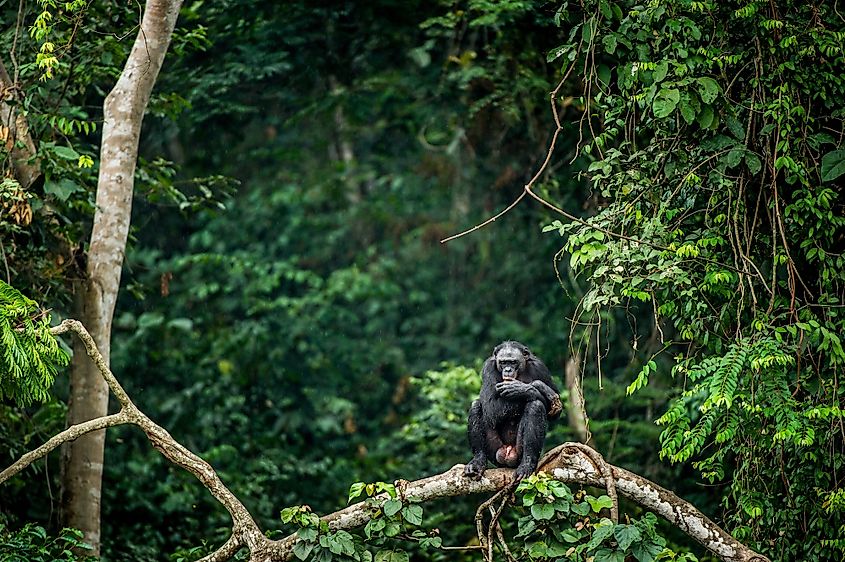
DR Congo is Africa’s second-largest country (after Algeria) and the continent’s most forested state. It harbors about 3.1% of the global forest land (1.26 million square kilometers; 126 mil. ha). The country is home to the world’s second-largest rainforest, the Congo Rainforest (located in the Congo Basin). About 60% of the rainforest’s 1.35 million square kilometers lies within DR Congo, with other portions extending into Gabon, Cameroon, and the Republic of Congo. DR Congo’s forest cover stores about 7% of the global carbon source, making it the country with one of the world’s largest carbon stocks. Conflicts in the country have discouraged deforestation, which has remained relatively low. However, infrastructural development remains a major threat to most of the country’s forests
8. Indonesia - 92 million hectares
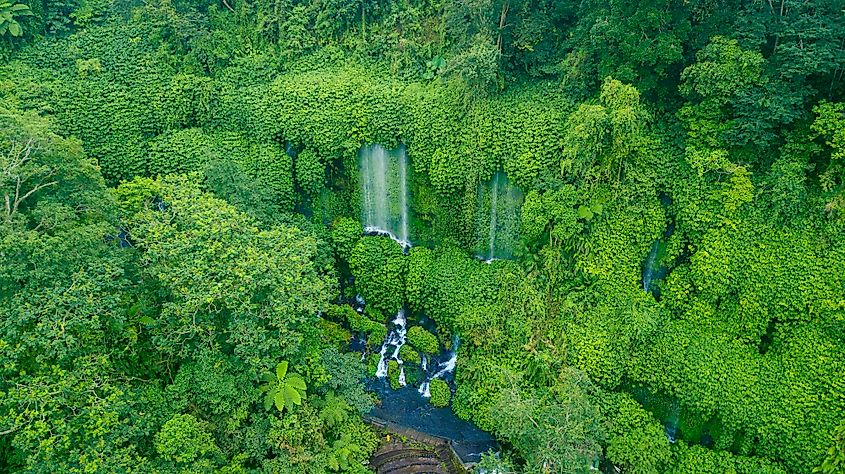
About 92 million hectares (0.9 million square kilometers) of Indonesia’s land area is forested, representing about 2.3% of the global forest area and 49% of the country’s total land area. It has the third-largest area of tropical rainforest and is home to about 15% of the Earth’s known plants and animals. Indonesia has the largest mangrove forest, hosting about 32,000 square kilometers on its over 17,000 islands. Sadly, the country has the world’s highest deforestation rate, exceeding Brazil, whose forest area is twice as large as the country’s forest area. Between 2000 and 2012, the country’s annual deforestation rate was 6,714 square kilometers.
9. Peru - 72 million hectares
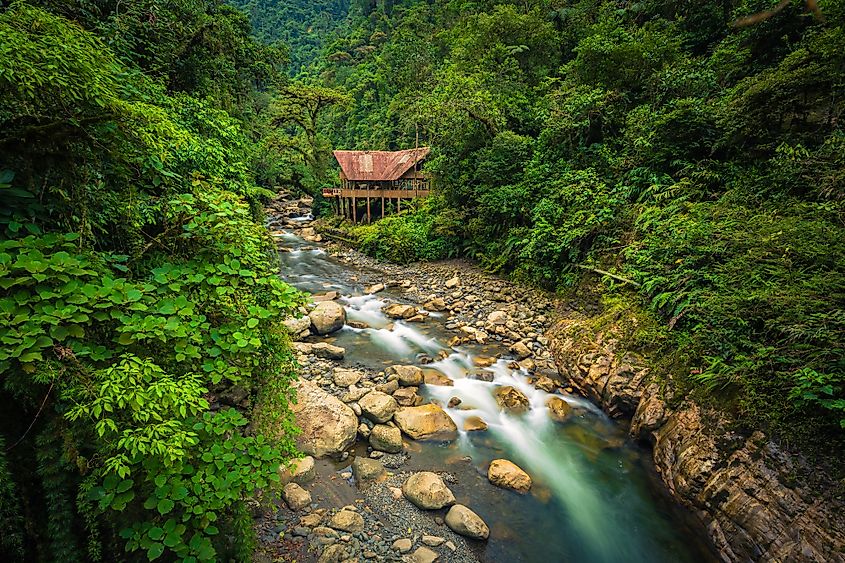
Peru is the second most forested country in South America (after Brazil), with 0.7 million square kilometers (72 mil. ha) of forested area. The country’s forest area represents about 1.8% of the total global forest area and covers about 57% of its total land area. About 80% of Peru’s forest cover is classified as primary forest. The country hosts the second-largest portion of the Amazon Rainforest, with the Peruvian Amazonia extending from the Andes’ east to the country’s border with Brazil, Colombia, Bolivia, and Ecuador. Unfortunately, Peruvian Amazonia's deforestation is greatly affecting the country’s ecosystem.
9. India - 72 million hectares
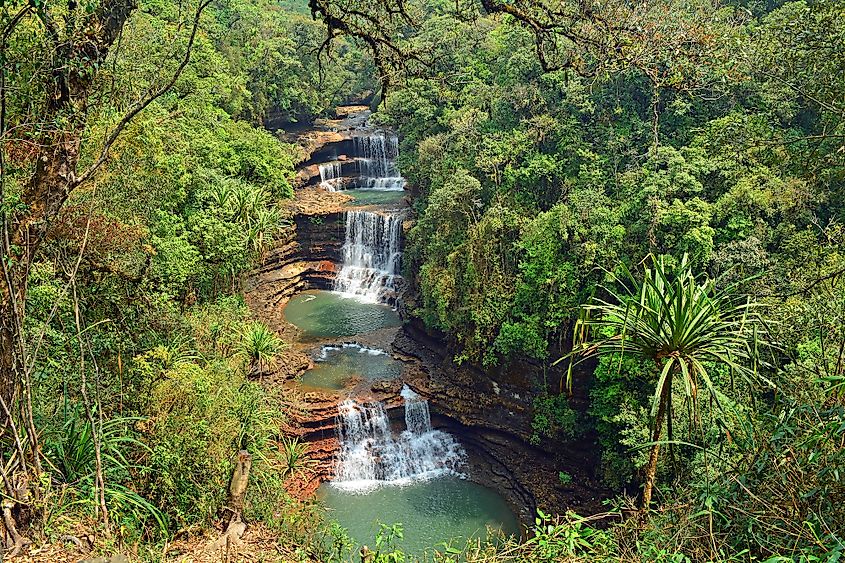
India harbors diverse forests, including alpine, montane, temperate, and tropical forests. The country’s forest span 72 million hectares (0.7 million square kilometers), approximately twice Germany’s total land area. India’s forests account for 1.8% of the world’s total forest area and 22% of the country’s geographical area. The country hopes to achieve a 33% or one-third forest cover by 2030. India’s state with the largest forest cover are Madhya Pradesh (77,400 ha), Arunachal Pradesh (67,000 ha), Chhattisgarh 55,550 ha), and Odisha (51,345 ha).







